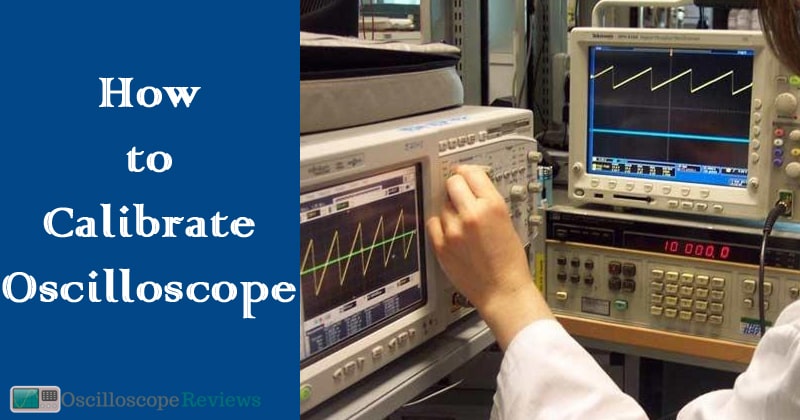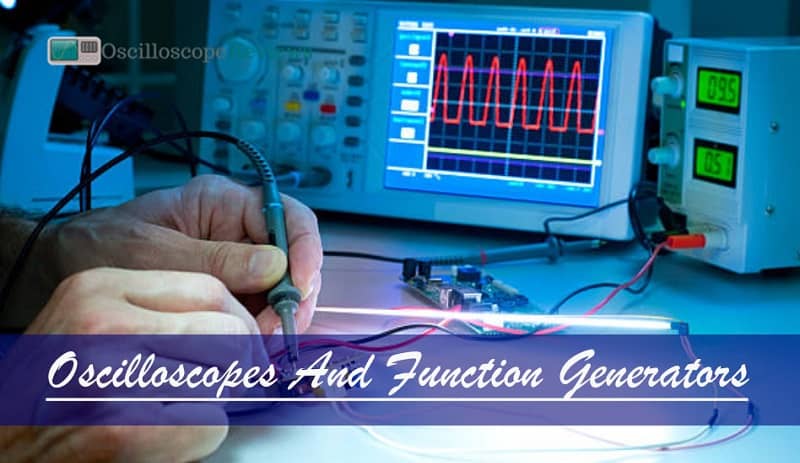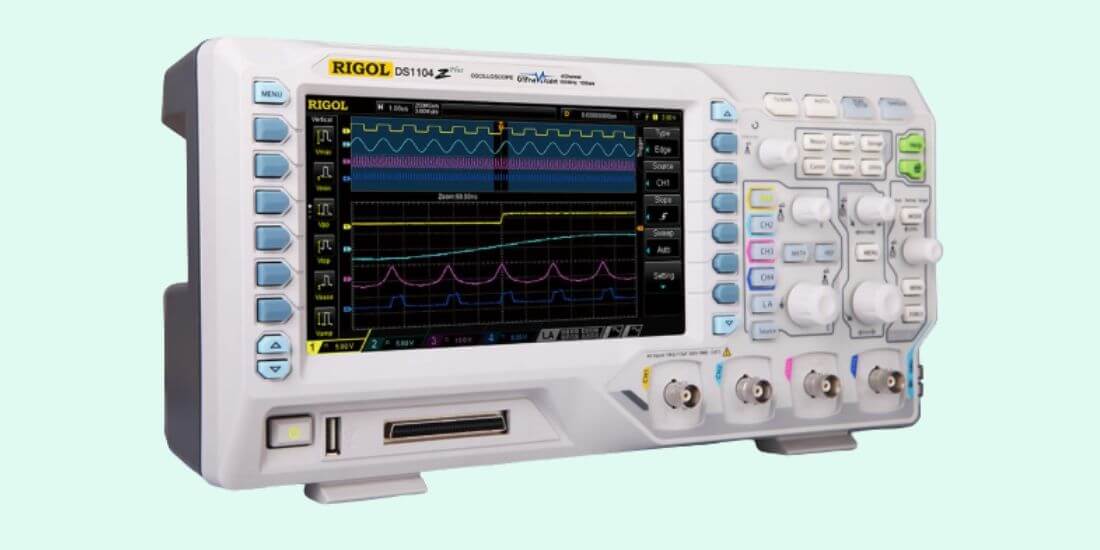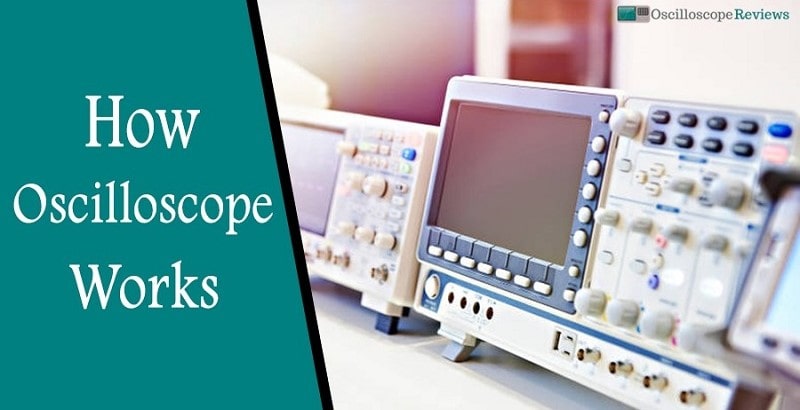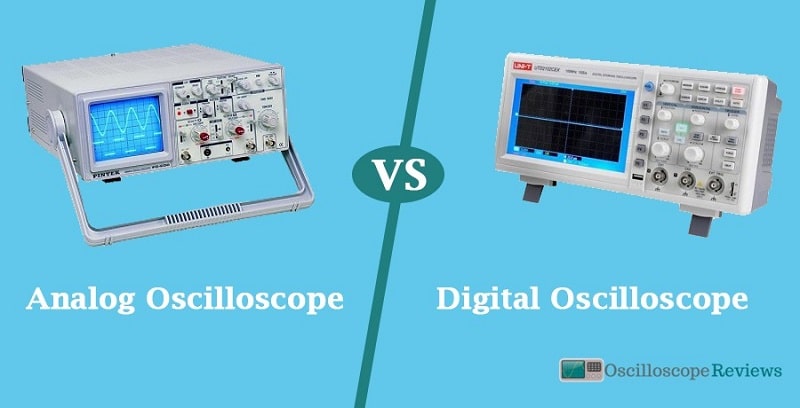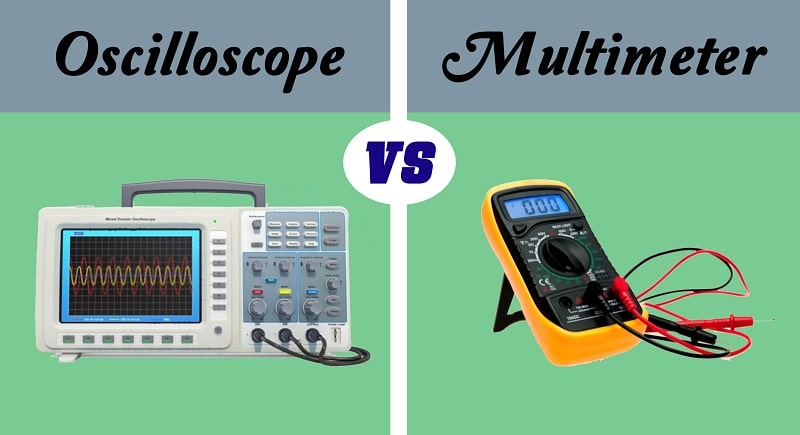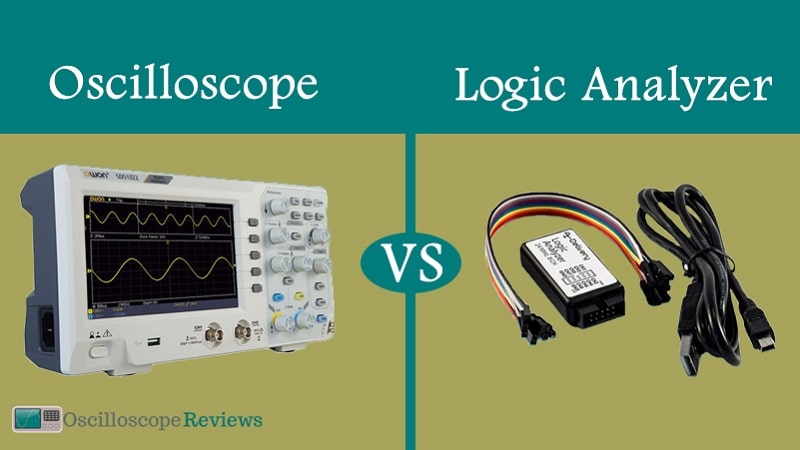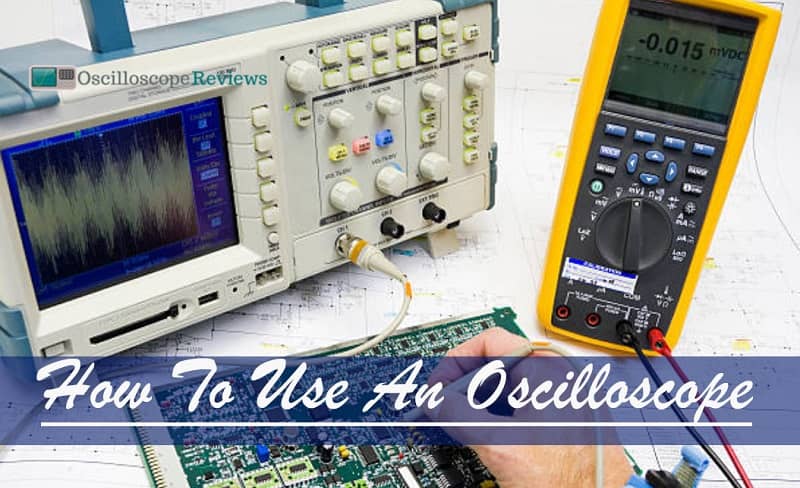Oscilloscopes are a must-have for any electronics workbench. But how do you calibrate an oscilloscope? It sounds like a daunting task, and it can be if you don’t know which steps to follow. Keep reading and find the helpful tips below!
Oscilloscopes can measure voltage, current, frequency, waveform shape, and more. They’re used in many different industries such as automotive or aerospace engineering to design new parts or test existing ones. To start using your oscilloscope, though, you first need to get it calibrated so that your readings come out accurate. This guide will show you how to calibrate your oscilloscope step by step with just a few simple devices on hand!
Calibration – What is it?
An instrument’s calibration refers to a comparison between it and a standard of equal strength. Calibration is the process of adjusting a device to give you the most accurate reading possible. It’s important for your digital devices like scales, thermometers, and more! By calibrating, we can determine how far we are from a standard. A commercial calibration is done by the manufacturer’s instructions. You use a reference standard that is at least four times more accurate than the instrument under test. Maintaining instrument accuracy is achieved by calibrating the instruments.
Calibrating an instrument refers to setting it up so that its result will be within the acceptable range.
Importance of Osclliscope Calibration
The calibration of an instrument helps to ensure that the standards it uses for a particular amount or quantity that it measures are the same standards that scientists and engineers use. The calibration of instruments is often performed by companies upon request; some even provide specific instructions for doing this.
The company provides oscilloscope calibration services or shows instructions for general oscilloscope calibration if you need to calibrate an oscilloscope.
Continually calibrating your oscilloscopes means you can anticipate changes in the ambient temperature that may affect oscilloscope measurements in a proactive, precautionary manner, so you can address them in a proactive, preventative manner. This will help you produce more accurate results.
Oscilloscope Calibration
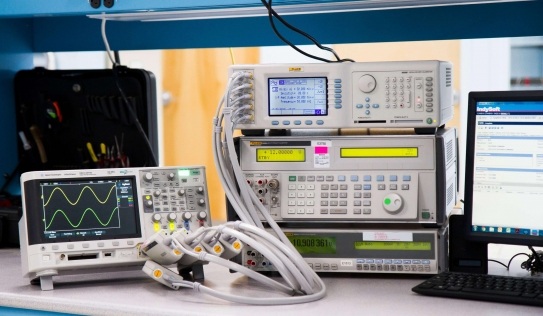
Your electronics workbench would not be complete without an oscilloscope. The settings of several key controls of a digital storage oscilloscope will have to be verified before any measurements can be made. Consult the instruction manual when determining how to calibrate an oscilloscope. Following are the general steps to calibrating an oscilloscope.
Step- 1
Make sure the controls on your oscilloscope are in their normal positions. Oscilloscopes usually have centered rotating dials, pushed-button out, and slide and paddle switches on the top. The oscilloscope should be turned on when plugged in. It may take a few minutes for the display to warm up if it has a CRT display.
Step- 2
In order to display one volt per vertical division, you’ll need to set the VOLTS/DIV control to one. One volt is a good starting point but can be altered depending on the type of signal displayed. To have the display’s horizontal divisions update every millisecond, set TIME/DIV at one millisecond. Wait for the dot to transform into a solid line while turning the dial slowly until the dial is at its slowest setting. It is best to set the trigger switch of the oscilloscope to automatic. By setting it to automatic, the oscilloscope will establish a fixed point for the trace on the waveform, making it easier to observe.
Step- 3
After connecting the input connector to the oscilloscope probe, the process continues. You should use the input labelled “A” if there are multiple connectors. In oscilloscopes, your probe point connects to the input signal, and your ground leads are different. While testing the circuit, the ground lead is typically connected to the circuit’s common ground points with an alligator clip. It’s sometimes possible to detach the ground lead if you don’t need it.
Step- 4
After the oscilloscope probe is connected to the calibration terminal, the oscilloscope display is calibrated with a square wave sampled from the calibration terminal. Two calibration terminals can be found on some oscilloscopes: points 2 and 2 volts. In case your model has two terminals, touch the probe onto the two-volt terminal. Calibration of your oscilloscope should be performed with an alligator test probe. When your oscilloscope probe has a pointy tip, you can push it into the calibration terminal hole to hold it in place.
Some Quick Tips
Here are some tips for you, these will help you while calibrating an oscilloscope:
- There may be an incorrect adjustment of the time base or voltage scale if there is no visible waveform.
- The input switch may need to be adjusted if you still cannot see the waveform.
- Use the x10 correction factor switch or convert all measurements when using the x10 feature of the probe.
- Make sure the trigger controls are set correctly if the waveform is sweeping.
- Make sure the probe is calibrated before use.
- The probe ground must always be connected to the device under test before connecting to the probe tip.
FAQ
Can you calibrate your own oscilloscope?
You can’t calibrate if you don’t have a signal generator and separate reference sources (calibration devices or calibrators). Another oscilloscope that is in good condition will also be required for confirmation.
How accurate is an oscilloscope?
Most oscilloscopes don’t place much importance on accuracy. A few per cent of measurements can be made without a multimeter, but for accurate measurements, you’ll need one. In contrast, oscilloscopes with precision measurement capabilities can provide accurate measurements at normal speeds.
Why do you need to calibrate an oscilloscope?
In order to maintain the validity of your research, you should calibrate your oscilloscope. Data should be read accurately by oscilloscopes. In case the oscilloscope is not within tolerance, the measurement will be false. It’s important to practice calibration on a regular basis.
What is the meaning of calibration?
To put it simply, calibration involves comparing a calibration device against a traceable reference device. In addition to being known as a reference standard, a calibrator is also used. According to logic, the reference must be more accurate than the device for calibration.
Why we must calibrate the cable before make a measurement?
Calibrating equipment is aimed at ensuring that measurement uncertainties are minimized. A calibration procedure quantifies and controls error or uncertainty in measurement processes so that they can be used safely.
Conclusion
When it comes to calibrating an oscilloscope, there are several key controls that need to be verified before any measurements can be made. Consult the instruction manual for specific instructions on how to set up your instrument before you begin calibration properly. The general steps include verifying the settings of the frequency range, timebase, and amplitude ranges, and triggering modes with a signal source before beginning a full calibration process.
It is also important to verify that all probes are functioning correctly by testing them against the ground or another known good reference point not to affect future measurements during a measurement session. After going through this process, we hope you have found out what types of probes will work best for your application and how they should be connected at both ends.

